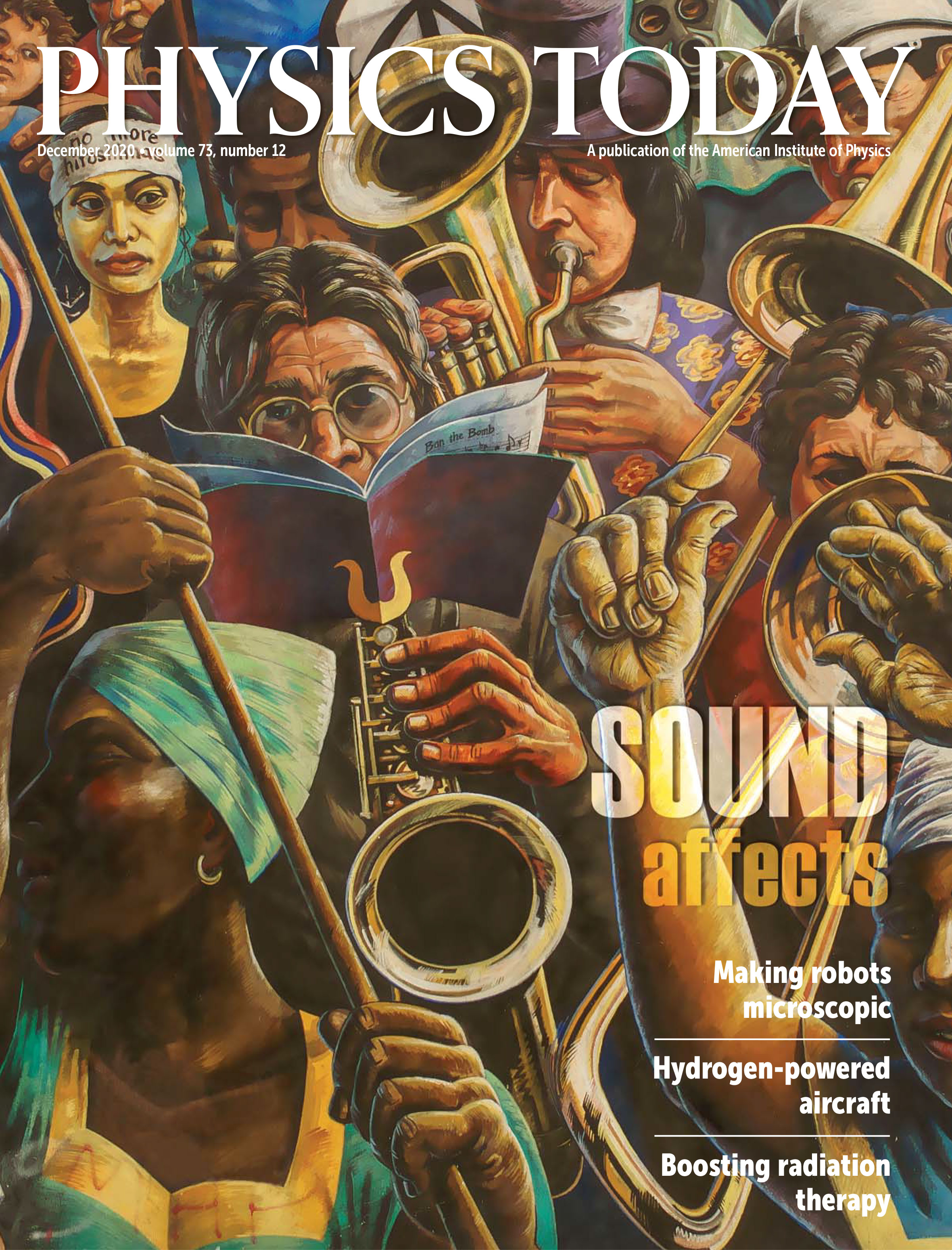December 2020 Issue of Physics Today Now Available

Hua Liu American Astronomical Society (AAS)
Physics Today, the flagship publication of the American Institute of Physics (AIP), is the most influential and closely followed physics magazine in the world. With authoritative features, full news coverage and analysis, and fresh perspectives on technological advances and groundbreaking research, Physics Today informs readers about science and its role in society. Members of the AAS, an AIP Member Society, automatically receive free print and online subscriptions to the magazine. Physics Today Online, the magazine’s internet home, presents an enhanced digital edition and provides a valuable online archive.
 In the December 2020 Issue
In the December 2020 Issue
Exploring Cultural Heritage through Acoustic Digital Reconstructions
Simulating the acoustics of destroyed or altered amphitheaters, cathedrals, and other architectural sites recreates their sonic grandeur. — Brian Katz, Damian Murphy, and Angelo Farina
Ultrasound in Air
Experimental studies of the underlying physics are difficult when the only sensors reporting contemporaneous data are human beings. — Timothy Leighton
Ocean Acoustics in the Changing Arctic
Recent changes in ice cover and ocean stratification have been so large that acoustic measurements made during the Cold War no longer reflect current conditions. — Peter Worcester and Megan Ballard
Computational Phonogram Archiving
A general approach to analyzing audio files makes it possible to recreate the sound of ancient instruments, identify cross-cultural musical properties, and more. — Michael Blaß, Jost Leonhardt Fischer, and Niko Plath
High Radiation Dose Rates May Improve Cancer Therapy
The ill-understood effect is gaining momentum and opening new avenues of research. CERN’s Compact Linear Collider and other particle accelerators are contributing. — Toni Feder
Making Robots Microscopic
Wirelessly powered and mass manufactured, the dust-sized robots can crawl, survive harsh environments, and be injected through a hypodermic needle. — Marc Miskin

